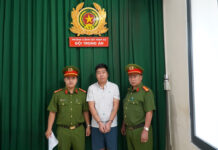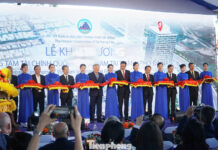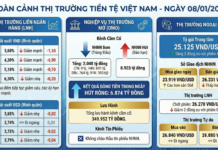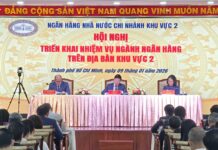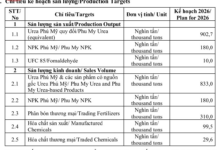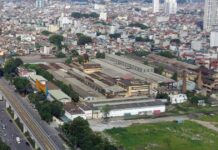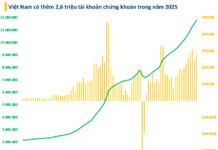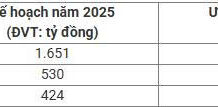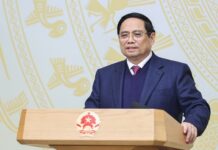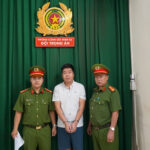The Vietnamese aviation authority has proposed a two-phase plan to divide operations between Tan Son Nhat and Long Thanh airports, following an evaluation of two scenarios presented by the Airports Corporation of Vietnam (ACV). The first scenario suggests Long Thanh handles international flights while Tan Son Nhat serves domestic routes. The second scenario maintains parallel international operations at both airports.
According to the Civil Aviation Authority of Vietnam (CAAV), the proposed plan will be implemented in two stages, ensuring a gradual transition that aligns with infrastructure development and market demands.
Phase 1 (2025-2030): Both airports will handle international flights, with Long Thanh progressively taking the lead. During this period, new international routes or increased frequencies to Ho Chi Minh City will be directed to Long Thanh instead of Tan Son Nhat. Airlines wishing to relocate to Long Thanh will be accommodated.
The transition will be executed in line with Long Thanh’s construction progress, operational infrastructure, and transportation connectivity. Adjustments will also consider seasonal flight schedules, international aviation practices, and Vietnam’s aviation market growth.
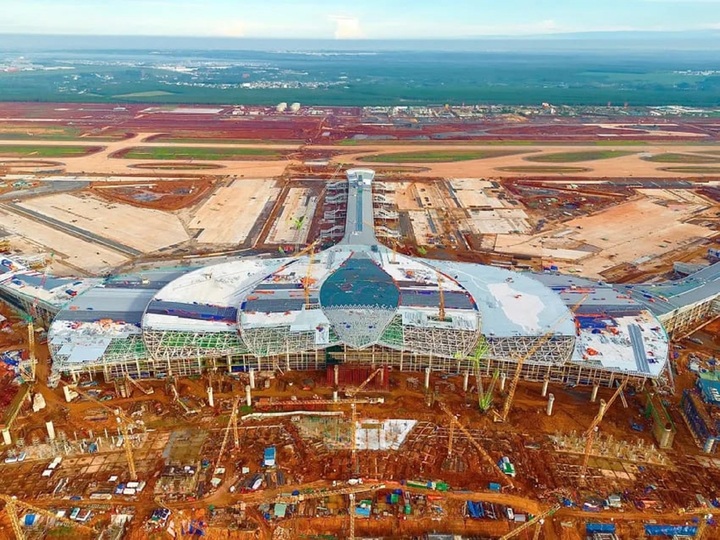
Long Thanh International Airport is accelerating construction to complete Phase 1 by late 2025. (Photo: ACV)
Starting in mid-2026, airlines will be encouraged to relocate flights to and from Europe, the Americas, and Oceania from Tan Son Nhat to Long Thanh. Subsequently, the new international airport will expand its network to Africa, the Middle East, Northeast Asia, and Southeast Asia.
During this phase, Tan Son Nhat will continue operating short-haul routes under 1,000 km for Vietnamese airlines, primarily serving domestic flights, while Long Thanh will handle a portion of international traffic.
After 2030, all international flights will shift to Long Thanh once its transportation network is fully developed. The airport will evolve into a comprehensive aviation hub, integrating an airport city, free trade zone, and high-speed rail and metro connections, similar to models in Singapore and Amsterdam.
Tan Son Nhat will then focus on domestic flights and non-scheduled international charter services for organizations and individuals.
The CAAV collaborated with ACV and consulted domestic and international airlines and experts to develop this proposal. The authority emphasized that consolidating all international flights at Long Thanh from the outset would inconvenience most passengers, who reside in central Ho Chi Minh City, by requiring a 40 km journey, increasing costs and travel time. In contrast, Tan Son Nhat is only 6-7 km from the city center.
The CAAV will continue refining the plan based on infrastructure progress and the integrated development of Long Thanh Airport, including urban expansion, logistics hubs, and free trade zones. Additionally, the authority has urged the Ministry of Construction to expedite road and rail projects connecting Long Thanh Airport to Ho Chi Minh City and other regions, and to implement pricing policies supporting airlines during the transition.
Post-2030: Transitioning All International Flights to Long Thanh Airport
The Vietnam Aviation Authority has submitted a proposal to the Ministry of Construction outlining a plan to distribute operations between Tan Son Nhat and Long Thanh airports. Post-2030, all international flights will be exclusively handled at Long Thanh International Airport.
Consumer Spending Rebounds: Retail and Consumer Goods Companies Accelerate Expansion
Vietnam’s consumer market is experiencing a robust recovery, marked by double-digit retail growth in August 2025. This trend not only underscores the strengthening domestic purchasing power but also provides a solid foundation for leading enterprises like Masan Group (HOSE: MSN) to accelerate their expansion strategies and enhance operational efficiency in the remaining months of the year.
Vietjet’s Stellar Performance in the First Half of 2025: Soaring Aircraft Orders
Vietjet Aviation Joint Stock Company (HOSE: VJC) is proud to announce stellar results in its audited financial report for the first half of 2025. The company’s performance showcases its international stature, attracting investments and positioning Vietnam as a pivotal hub for aviation growth in the region and beyond.
The Airport’s Connectivity Concerns: Expert Views on Long Thanh’s Infrastructure Challenges
The highly anticipated Long Thanh International Airport is racing against time for its grand opening in 2026. While the airport’s construction is on overdrive, concerns linger about the supporting infrastructure. Experts worry that the surrounding transportation network might not be adequately prepared to handle the influx of traffic that the new airport will bring. This raises questions about the overall accessibility and convenience for travelers, potentially casting a shadow over the airport’s debut.
The High-Speed Rail Project Linking Tan Son Nhat and Long Thanh Takes a New Turn.
The leaders of the two localities have agreed to invest in four key infrastructure projects: the Cat Lai, Phu My 2, and Dong Nai 2 bridges, as well as a railway line connecting Tan Son Nhat and Long Thanh airports. A dedicated task force has been established to ensure the swift and efficient implementation of these vital projects.






